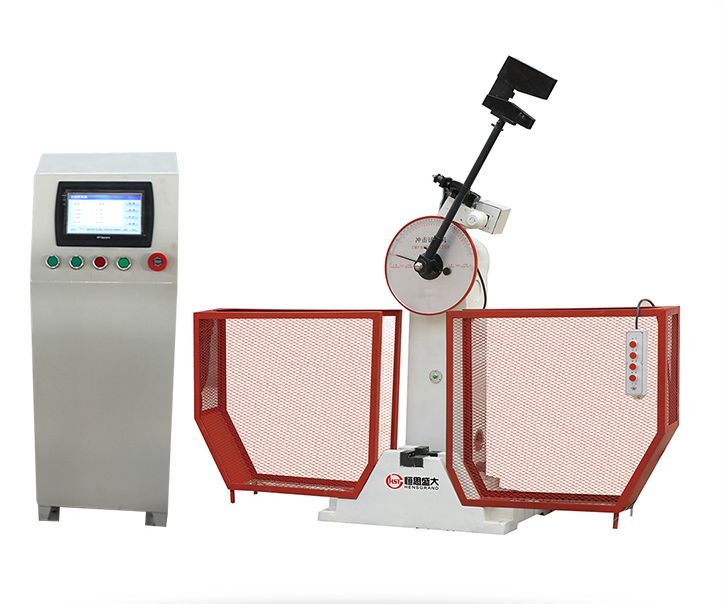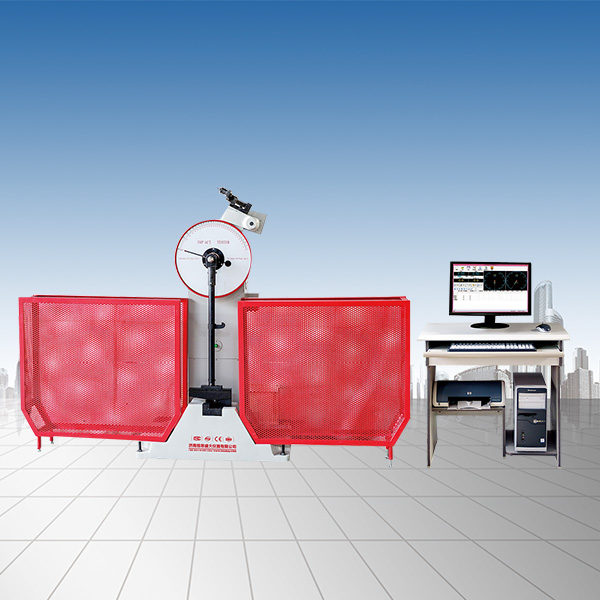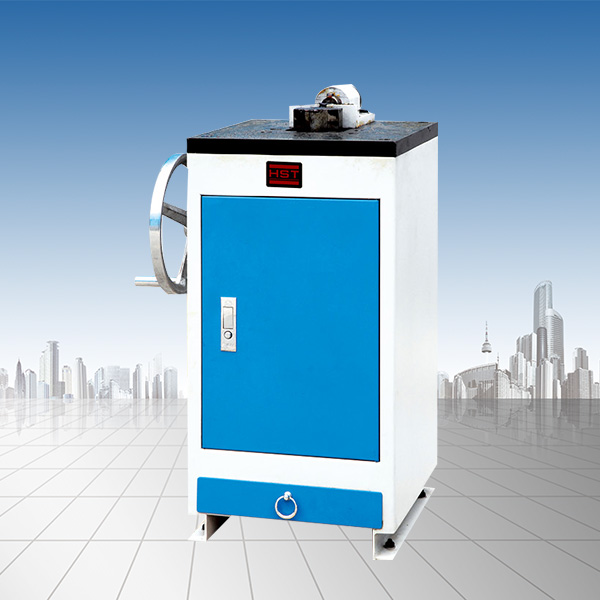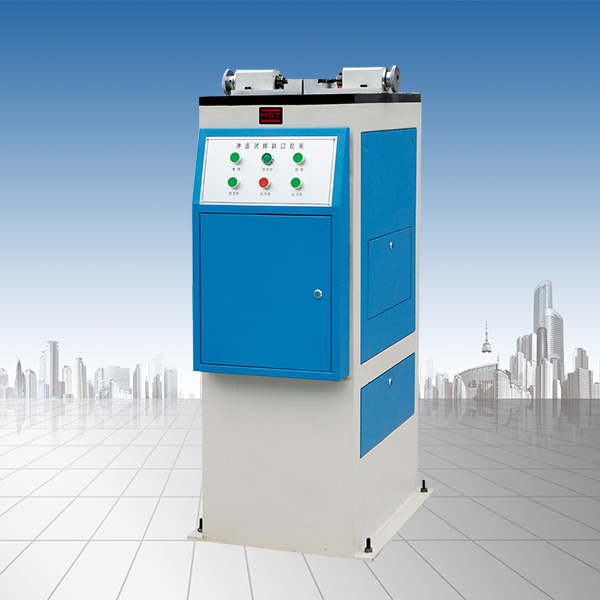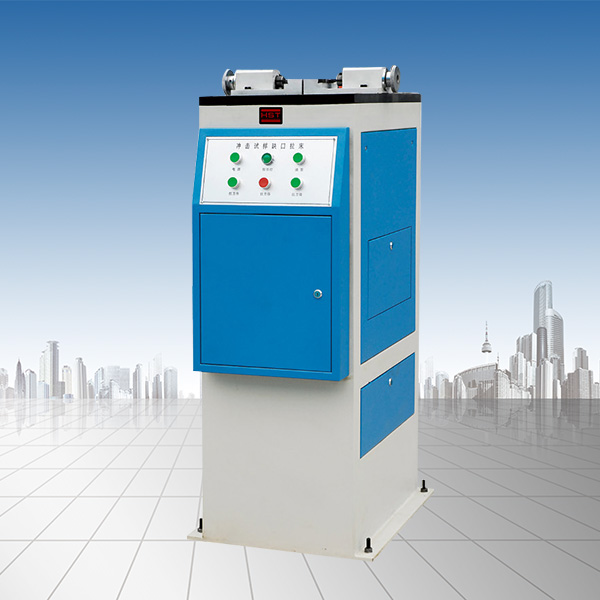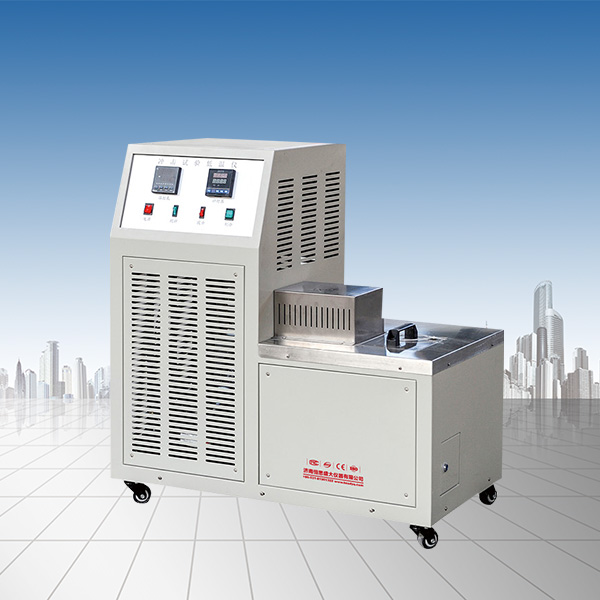Company News
Introduction to measurement accuracy of tensile testing machine
Release time:2018-11-23 source:Jinan Hengsi Shanda Instrument Co., Ltd. Browse:
1. ElectronicsTension testerSelect metrics
Since the flexible packaging materials are mainly polymers or related materials, as mentioned above, the elongation of polymer materials is much better than that of metals, fibers, wood, boards and other materials, the tensile machine for detecting polymer polymers is different from the tensile performance detection tensile machine of the usual material. It is especially important to pay attention to the effective stroke of the electronic tensile machine and the sample fixture.
2. Tensile test
Tensile test (stress-strain test) generally involves clamping the two ends of the material sample on two fixtures at a certain distance, and the two fixtures separate and tensile the sample at a certain speed to measure the stress changes on the sample until the sample is damaged.
Tensile test is one of the widely used methods to study the mechanical strength of materials, and a tensile test machine with constant speed movement is required. According to the different load measurement methods, tensile testing machines can be roughly divided into two categories: pendulum tensile testing machines and electronic tensile testing machines. Currently, the most commonly used electronic tensile testing machines are used.
3.1 Valid itinerary
When conducting tensile tests, although the size of the sample used is small, the elongation of the material is generally relatively high. Therefore, it is necessary to use a tensile machine with a large stroke to detect the tensile performance of flexible packaging materials. Otherwise, the operation of the fixture may exceed the stroke limit and cause damage to the equipment.
The calculation formula for the elongation of break or elongation of yield (εt, unit is %) given in GB13022-91 "Testing Method for Tensile Properties of Plastic Films",
εt=[(L-L0)*100]/ L0
Where: εt is the elongation of break or the elongation of yield;
L is the distance between the marking lines when the sample is broken or when the yield is obtained;
L0 is the distance between the markers.
It should be noted that in the calculation of elongation, we only collect the elongation between the two markers on the sample. The markings are drawn on the prepared specimen through printing or manual methods (the addition of markings should have no effect on the specimen), and what is the distance between the markings? Most of the distance given by different standards have certain differences, and different sample sizes are often given for different materials in the same standard, so the distance between the markings is also different. However, this is conducive to detecting materials with very large or very small elongation and obtaining accurate test results. For plastic films, the distance between the markings is usually between 25 and 50 mm.
Since the sample is deformed and elongated in the tensile test is not only within the markings, any sample between the two fixtures will be tensile deformation to varying degrees. In the standard, the initial distance between the fixtures corresponding to the marking distance is within 80-115 mm. If the samples between the two fixtures can maintain the same elongation and assume that it is 500%, the effective stroke of the tensioner must be 480-690 mm to ensure the normal progress of the test.
The author conducted a random survey on the effective stroke of electronic tension machines currently sold on the market. Among the 72 tension machines of several domestic and foreign brands surveyed, equipment with a stroke range of less than 400mm accounts for 13.9%; equipment with a stroke range of 400~700mm accounts for 71.9%; equipment with a stroke of 701~1000mm accounts for 10.8%; equipment with a stroke of more than 1000mm accounts for only 3.4%. However, in this statistics,Tension testerIn the meantime, not all equipment with large strokes are used for testing flexible packaging materials, but are partly used for tensile tests of artificial wood boards, canvas, curtains, copper and other materials.
3.2 Sample fixture
The description of the fixture in GB13022-91 "Testing Method for Tensile Properties of Plastic Films" is as follows: "The test machine should be equipped with appropriate fixtures. The fixtures should not cause the sample to break at the fixture. When any load is applied, the fixtures on the test machine should be able to be immediately aligned into a line so that the long axis of the sample is coincident with the tensile direction passing through the center line of the fixture. ... Place the sample in the two fixtures of the test machine, so that the longitudinal axis of the sample coincides with the center line of the upper and lower fixtures, and should be appropriately tight to prevent the sample from slipping and breaking in the fixture. The fixture should be lined with elastic materials such as rubber." Due to the special mechanical properties of polymer materials and the special use of flexible packaging materials, the test thickness of the sample tested by the soft packaging material is very thin, and general fixtures cannot meet the requirements. Improper use will cause the sample to break at the fixture and cause the test failure.
3.3 GT-MS series intelligent electronic tension testing machine
GT-MS type LCD display intelligent electronic tensile testing machine, with a stroke of 600mm and a range of 1000mm. It can carry out seven types of tests such as tensile, tear, shear, 180° peeling, and 90° peeling. It has professionally designed various test fixtures specifically for flexible packaging materials. It is a mechanical tensile testing machine tailored for flexible packaging materials.
Want to know moreTesting machineAll information is in Jinan Hengsi Shanda Instrument Co., Ltd.
Recommended productsPRODUCTS


















